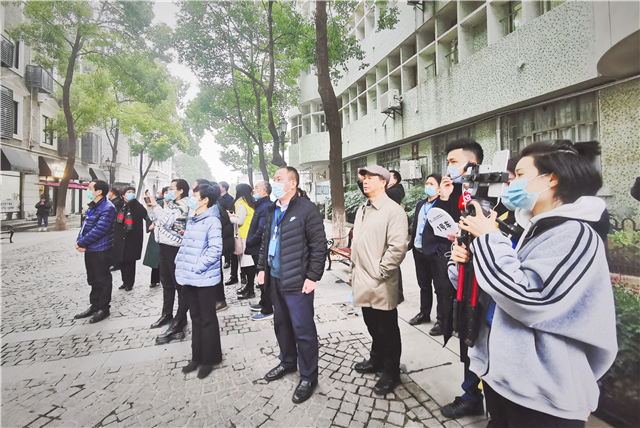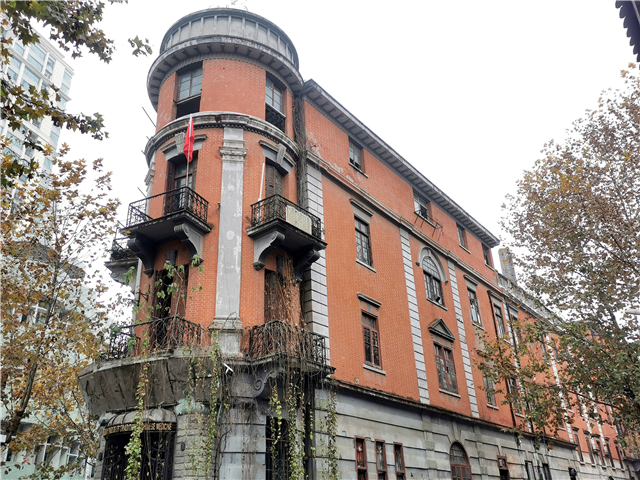
Representatives listening introduction of heritage spots Photo: Gao Yushan

The Bagong House Photo: Gao Yushan
On December 11th, the Great Tea Route heritage application joint conference and the Great Tea Route Eight Provinces Directors of the National Cultural Relics Bureau Meeting was held at Wuhan, Hubei. After the conference, 28 representatives from cities crossed by the great tea route visited heritage spots of it.
The Great Tea Route was a 17-century international trade route for bulk commodities and a significant part of "the Belt and Road". Wuhan, the "Oriental Tea Port" of China, is the largest trade distribution center of tea in modern times, and the communication hub of the tea road. Heritage buildings of the great tea route, such as tea store, Hankou Railway Station, and banks were all well preserved.
The Hankou Russian Businessmen Building Groups, including Bagong's House and Shunfeng Tea Store, were built around 1862 at a Russian concession. Russian merchants were running tea trading business at that time. The building group was formed by the consulate, banks, churches, houses, and tea stores. As for now, the building group is divided into Jiang'an District, Wuhan. The district government is maintaining the building group recently, and trying to make more social and economic benefits from it.
By following the path of the culture of tea, these core cultural heritages of the great tea route were all well preserved and radiating vitality again. The great tea route heritages profoundly represent the glory history of "Oriental Tea Port".
Copyright ©1997- by CRI Online All rights reserved